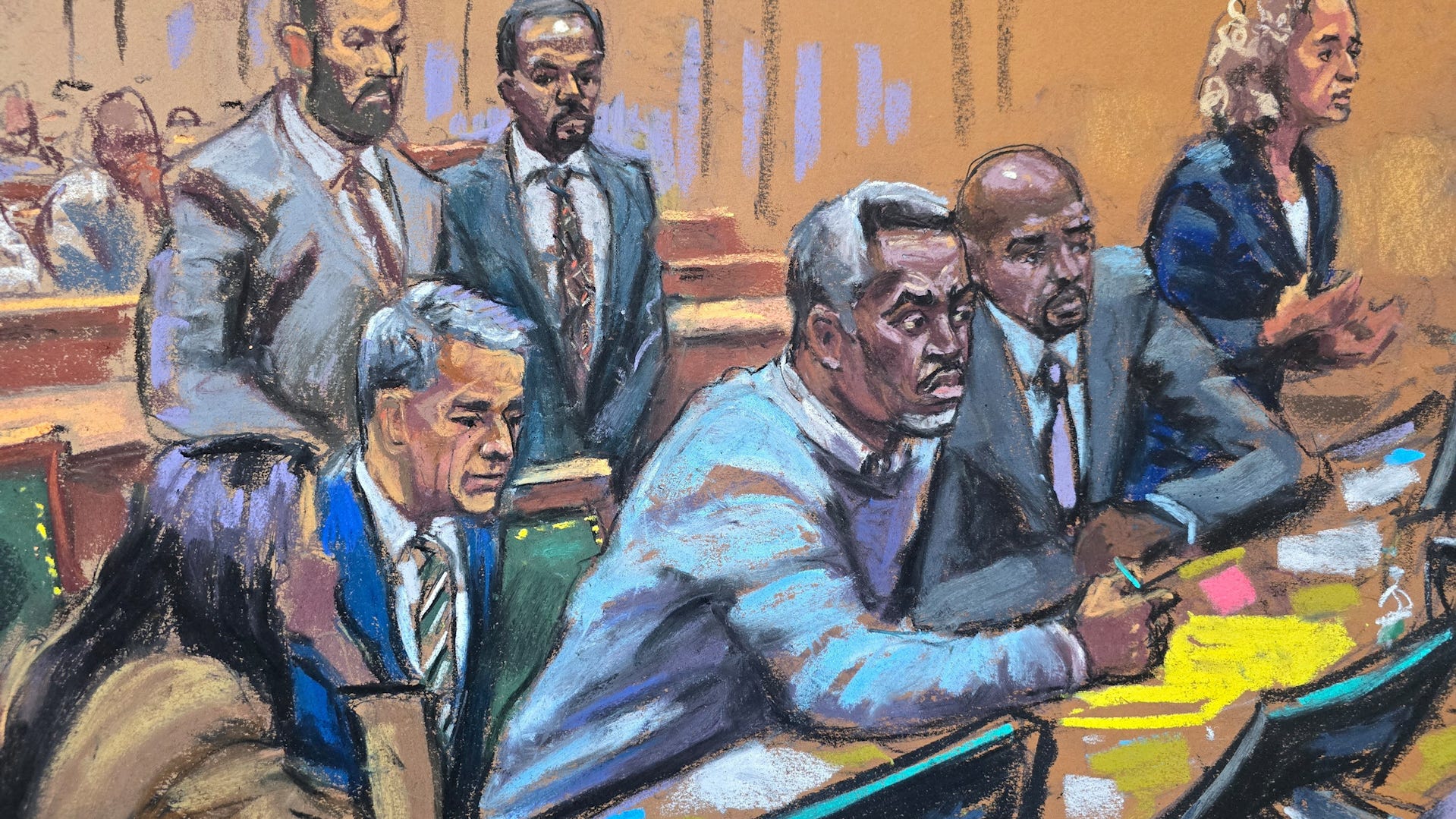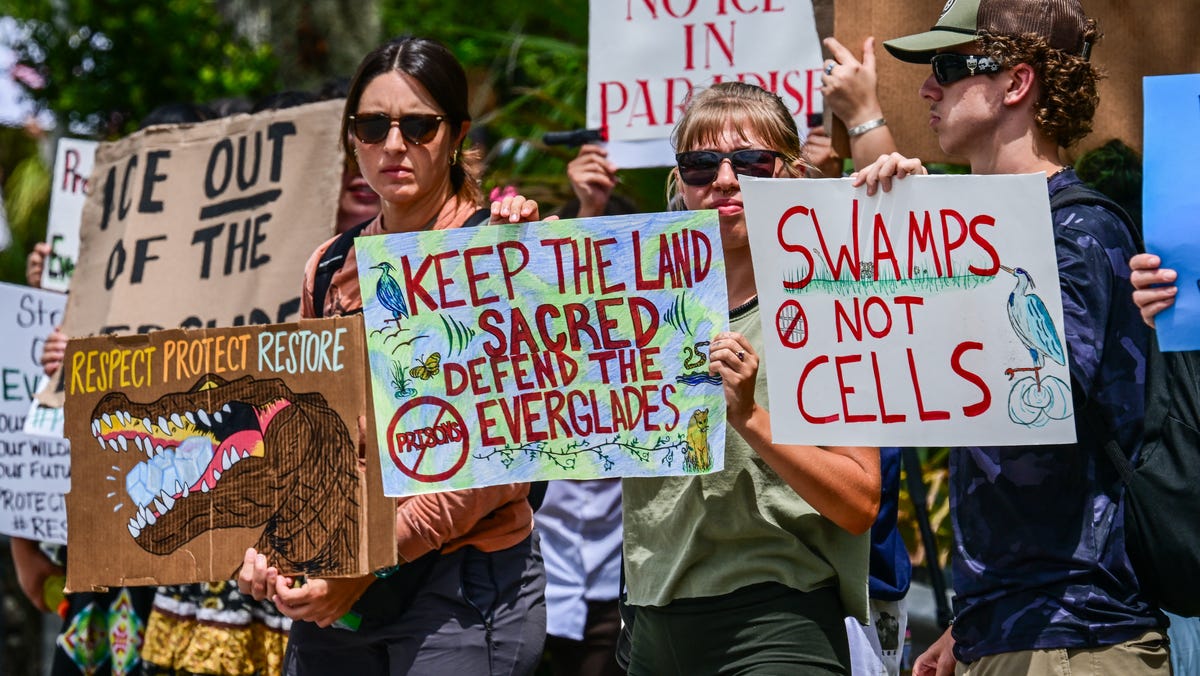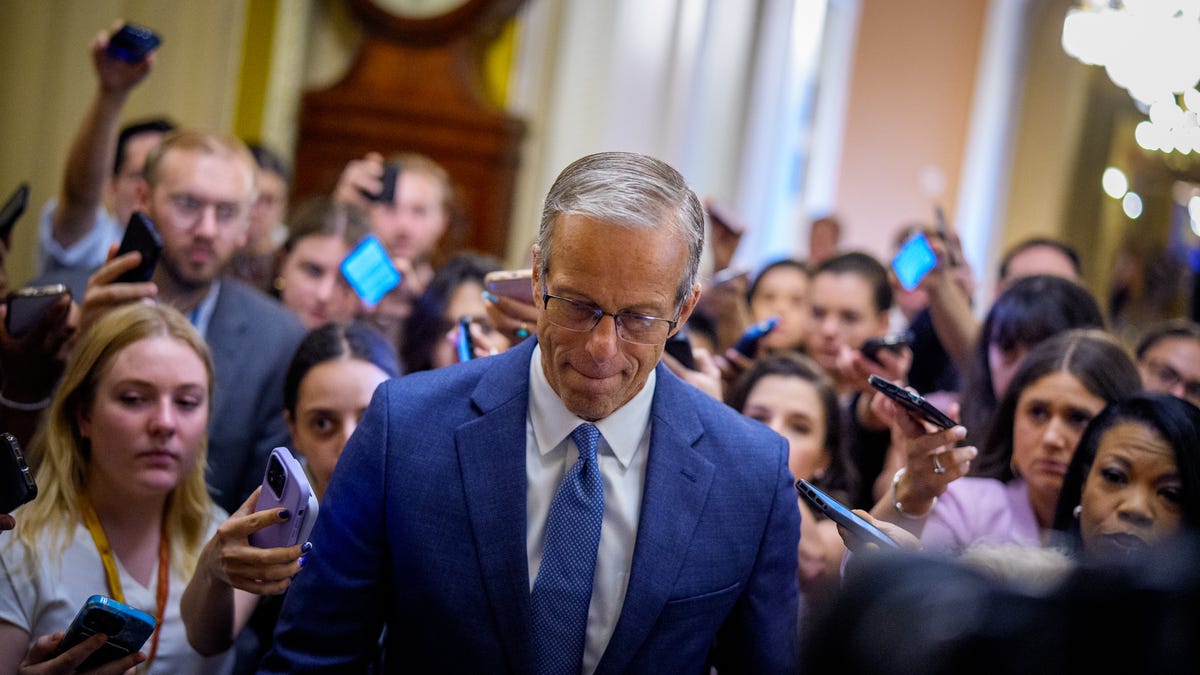The guilty verdicts are not symbolic. But justice is not just about naming abuse. Trafficking and intimate partner violence are not interchangeable – and pretending they are helps no one.

Sean ‘Diddy’ Combs acquitted of 3 charges in sex trafficking trial
Of five total charges, Sean ‘Diddy’ Combs was only found guilty of two counts of transportation to engage in prostitution in a sex trafficking trial.
- Sean “Diddy” Combs was found guilty of violating the Mann Act that involves federal prostitution allegations, but he was acquitted of sex trafficking and RICO charges.
- The jury’s decision not to convict Combs on trafficking charges, despite evidence of coercion and abuse, highlights the difference between the Mann Act and the Trafficking Victims Protection Act (TVPA).
- The TVPA targets organized systems of commercial exploitation through force, fraud or coercion, where traffickers control nearly every aspect of a victim’s life, which was not evident in this case.
This column discusses sex trafficking. If you or someone you know is in danger or in an unsafe situation, the National Human Trafficking Hotline can help. Advocates are available 24/7 by calling 1-888-373-7888 or texting 233733.
Sean “Diddy” Combs has been found guilty in federal court of violating the Mann Act that involves federal prostitution allegations, but he was acquitted of sex trafficking under the Trafficking Victims Protection Act (TVPA), the federal government’s primary anti-trafficking law, as well as RICO racketeering charges for the purpose of sex trafficking.
The split verdict has stirred public confusion and outrage. After hearing detailed accounts of coerced sex, drug-fueled “freak-off” parties, surveillance, beatings and emotional manipulation, many believed the case was a clear example of human trafficking. To them, the not-guilty verdict on trafficking charges felt like a miscarriage of justice.
But while the jury held Combs accountable for significant crimes, it stopped short of classifying his conduct as trafficking. We don’t know whether the jurors saw the behavior as trafficking but didn’t find enough evidence – or whether they concluded it didn’t meet the legal definition at all.
What is clear is this: Calling Combs’ behavior trafficking under the TVPA would require expanding that law beyond its current meaning. And that expansion could carry real consequences – especially for the very victims whom trafficking laws were designed to protect.
What is the Mann Act?
The 1910 Mann Act, also known as the “White Slave Traffic Act,” makes it a federal crime to knowingly transport someone across state lines for the purpose of engaging in illegal sexual activity – including prostitution. In the past, it was misused to police sexual morality, but today it’s applied more narrowly to cases involving interstate travel and sexual exploitation. In Combs’ case, the jury found that he used his power and resources to transport women for illicit sexual purposes. But the Mann Act does not require proof of coercion, long-term control or systemic exploitation. It focuses on movement and intent – not the broader patterns of slavery-like domination or exploitation.
By contrast, Trafficking Victims Protection Act (TVPA) of 2000 was designed to combat what Congress called “modern-day slavery.” It targets organized systems of commercial exploitation through force, fraud or coercion, and it typically involves traffickers who control nearly every aspect of a victim’s life: housing, transportation, identification, finances and the ability to leave.
That’s not what the Combs case showed. The women involved reported trauma and coercion, but they retained housing, communication, financial resources and career opportunities. They were not legally or physically confined. There was no evidence of document confiscation, restriction of movement or the kind of isolation commonly seen in trafficking cases prosecuted under the TVPA.
And that’s not a loophole – it’s the law doing what it’s supposed to do by drawing difficult but necessary lines between different forms of harm.
As one of the nation’s preeminent human trafficking expert witnesses, I am familiar with those lines. I have testified in landmark trafficking cases from California to New York. My book, “Hidden in Plain Sight: America’s Slaves of the New Millennium,” is used to train law enforcement on trafficking identification nationwide.
The TVPA was written to protect people whose entire lives are controlled by others – often in silence, often invisible. Expanding the law beyond that mission threatens to weaken its core.
Abuse described in Diddy trail was real and criminal. But calling it trafficking doesn’t help survivors.
None of this minimizes what happened. The abuse described in the Combs case was real, harmful and criminal. But redefining it as trafficking – simply because other laws didn’t offer a viable path to justice – doesn’t help survivors. It undermines the integrity of the trafficking framework and could actually make it harder for victims of true trafficking to get the support and legal recognition they need.
It’s understandable why prosecutors turned to the TVPA. Trafficking cases come with longer statutes of limitations, more severe penalties and more public support. And existing domestic violence statutes are often outdated or ill-equipped to address coercive control, especially when the abuser is wealthy, powerful and legally savvy.
But the solution isn’t to force high-profile abuse cases into trafficking law. It’s to fix the laws that fail to meet the moment.
One of the most telling omissions in this trial was the absence of a human trafficking expert witness – something virtually standard in most trafficking prosecutions. In typical cases, such experts are brought in to explain the dynamics of power and coercion, as well as recruitment and control schemes typically used by traffickers, particularly when overt force is not visible. Experts will often testify whether a case is consistent with or atypical of trafficking patterns.
Here, both the prosecution and defense opted not to call such witnesses – likely because Combs’ conduct defied those standard frameworks.
Instead, prosecutors called Dawn Hughes, a psychological expert on interpersonal violence who previously testified on behalf of Amber Heard in the Johnny Depp defamation case that stemmed from allegations of domestic abuse.
As someone who routinely provides human trafficking expert testimony, I can say this case presented unique evidentiary challenges, and there is a clear distinction between interpersonal violence and human trafficking.
Diddy’s alleged trafficking enterprise did not resemble the classic “modern slavery” narrative, and a human trafficking expert might have inadvertently highlighted just how unusual this case was for a trafficking prosecution. In fact, doing so could have risked undermining the government’s core argument by exposing how far this case deviates from trafficking’s conventional legal contours.
We need stronger domestic violence laws
There’s a critical – and often overlooked – fact in this case: Prosecutors may have used the TVPA because the statute of limitations had already expired on more direct charges, such as sexual assault or battery.
That’s not a reflection of the survivors’ credibility – it’s a failure of the legal system to account for how trauma actually works.
Many victims of intimate partner violence, especially when facing fear, manipulation or public scrutiny, wait years to come forward. That’s not weakness – it’s human. But the law hasn’t caught up. When time runs out on prosecuting real crimes, prosecutors sometimes look for workarounds. The TVPA offers one. But it wasn’t designed to handle domestic abuse or intimate partner exploitation.
If we care about justice in cases like this, we shouldn’t stretch trafficking law to fit the facts – we should reform the laws that didn’t offer justice in the first place. That means extending statutes of limitations for sexual assault and abuse, modernizing domestic violence laws and creating better tools for prosecuting coercive control, even when it doesn’t involve physical captivity.
Legal scholars and victim advocates have long warned that when we dilute the meaning of “trafficking,” we hurt the very people trafficking laws were built to protect. If courts begin to see every form of abuse as trafficking, they may become more skeptical. Juries may get confused. Judges may raise the bar for what qualifies. And real survivors – runaway teens, undocumented workers, women trafficked across borders – may find themselves disbelieved or deprioritized.
Meanwhile, limited resources – prosecutors, shelters, outreach workers – get pulled into celebrity trials and away from the vulnerable, invisible populations who need them most.
Survivors still deserve justice
The women who came forward against Combs showed immense courage. Their pain is real. Their voices mattered. The guilty verdicts under the Mann Act is not symbolic – they are legal affirmations that crimes were committed.
But justice is not just about naming abuse. It’s about naming it accurately. Trafficking and intimate partner violence are not interchangeable – and pretending they are helps no one.
If we’re angry that the law didn’t do more to hold Combs accountable, that anger is justified. But the answer is not to misapply trafficking law. The answer is to make sure abuse laws are strong enough – long enough, clear enough and modern enough – to capture the harm as it actually happened.
Justice requires accountability. But it also requires precision. When we blur the legal lines, we confuse the public, mislead future juries and risk weakening the very laws survivors depend on.
Let’s not call everything trafficking just because it’s the only viable legal tool left. Let’s fix the toolbox.
Because justice requires truth. And truth requires legal clarity.
Kimberly Mehlman-Orozco holds a Ph.D. in criminology, law and society and serves as a human trafficking expert witness in criminal and civil court. Her first book “Hidden in Plain Sight: America’s Slaves of the New Millennium” is used to train law enforcement on human trafficking investigations.








